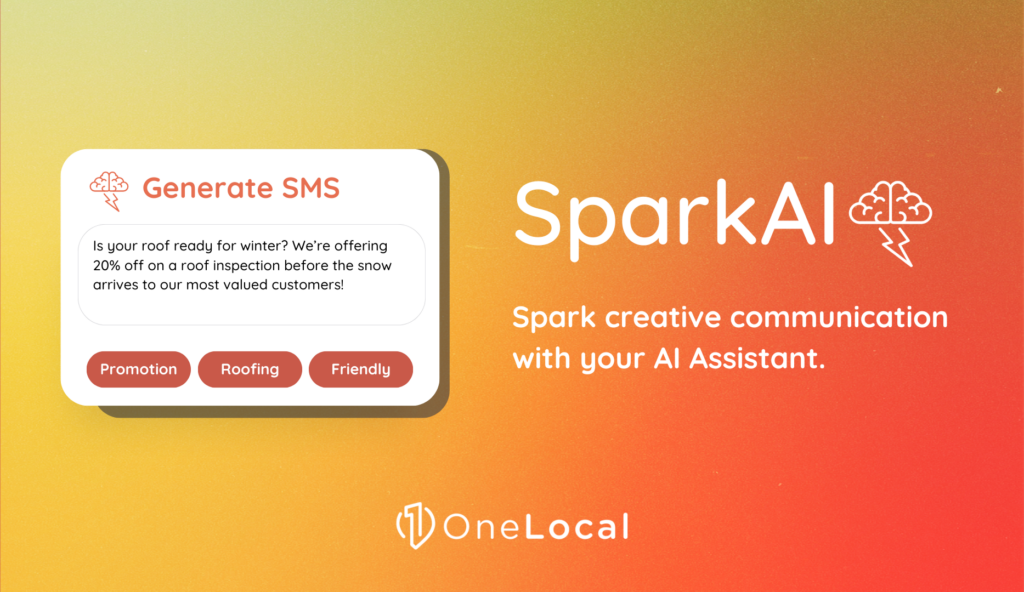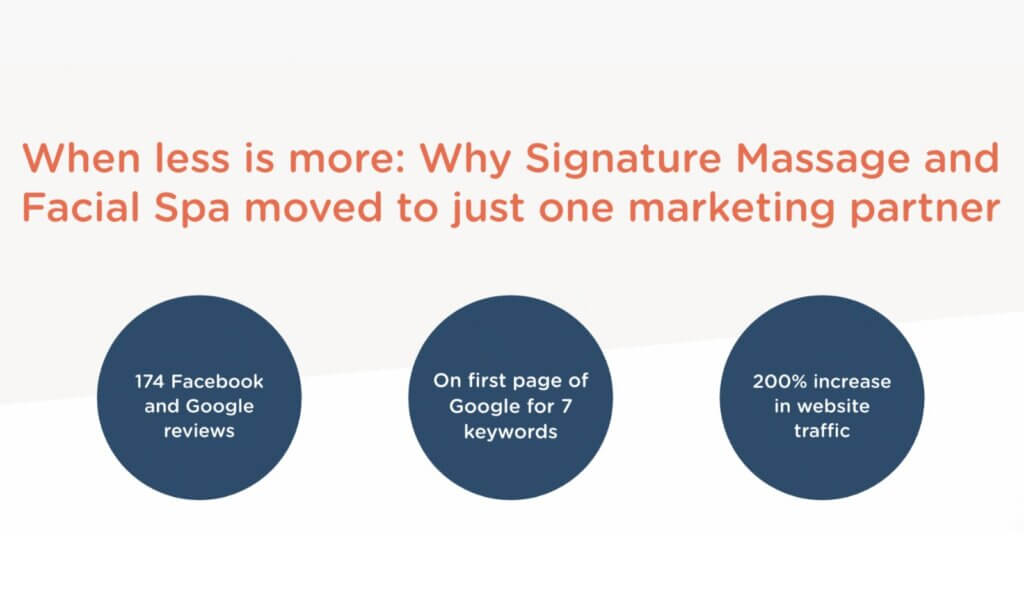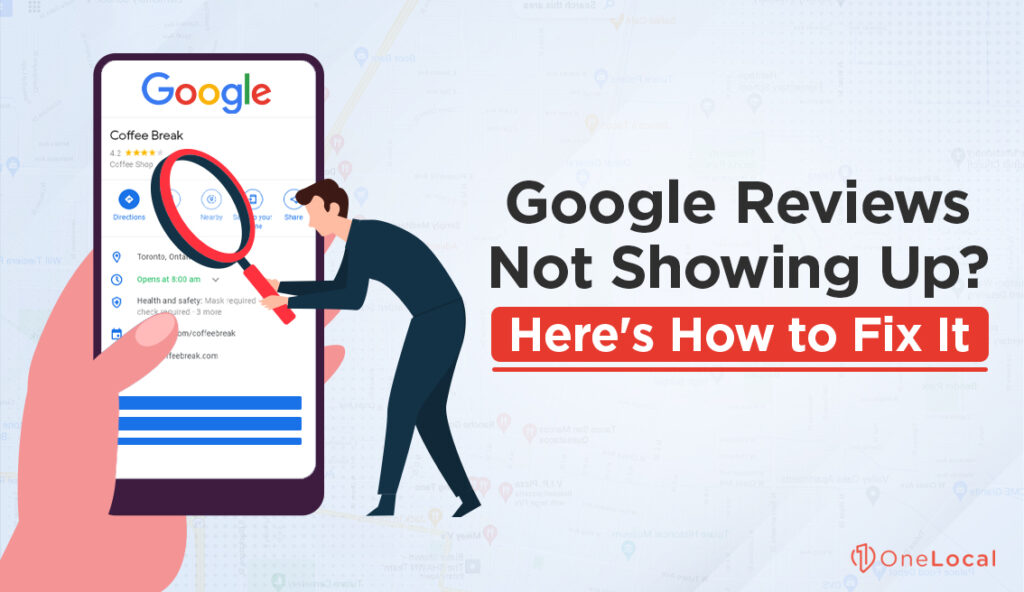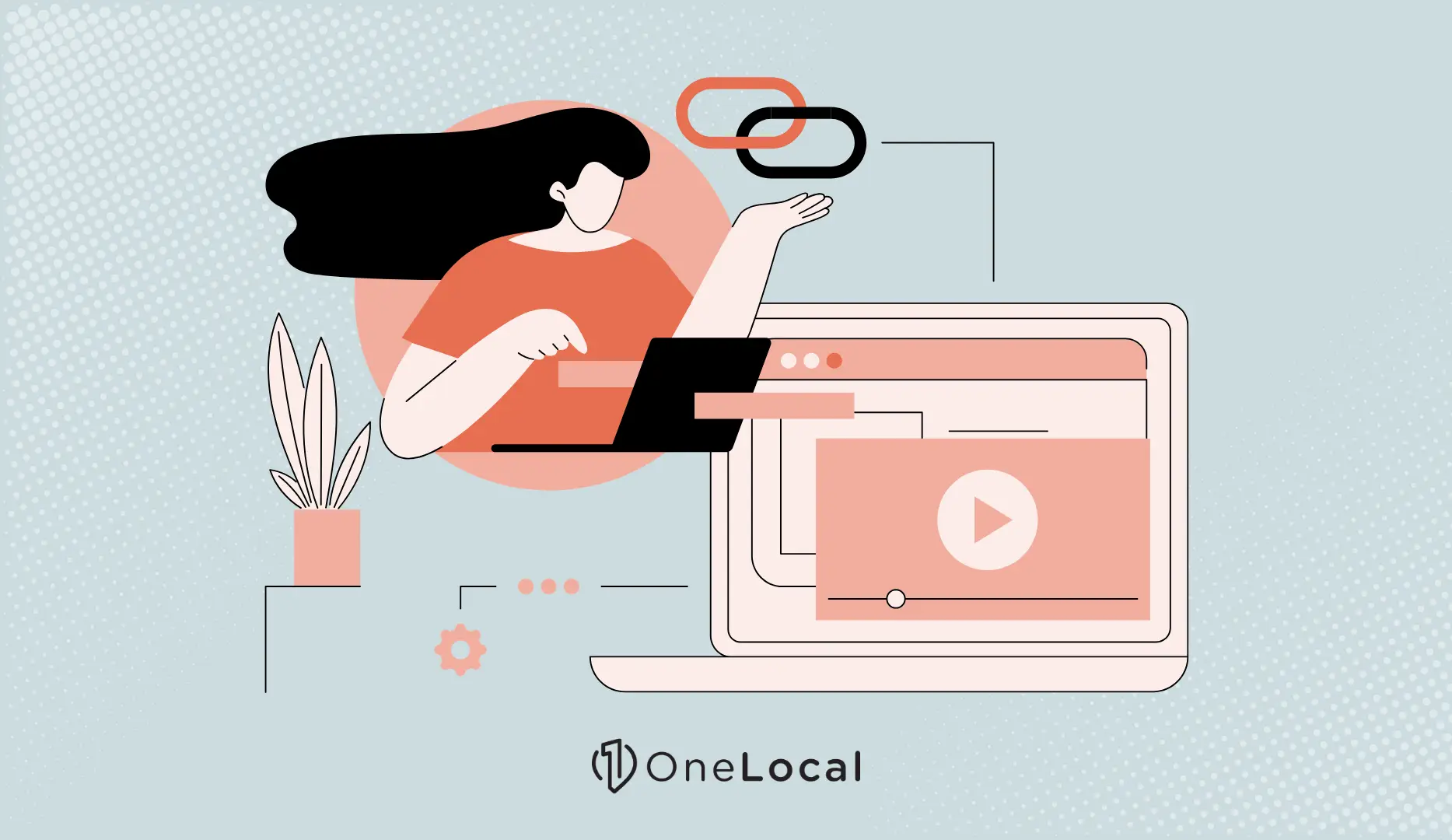Growing up, snapping a photo was something special. Film was expensive and my parents had a massive camera bag with a clunky camcorder, a film camera, several extra rolls of film, and even a disposable camera in case of an impromptu photoshoot emergency. Every shot was planned and framed with interesting background details so every family vacation was documented in all its glory.
Not to long after, digital cameras became the norm and we took more and more pictures. I begged my parents to buy me a cool blue digital camera so I could take pictures with my friends at camp and on school trips. Around that time, flip phones were booming as well and for the first time, everyone had a camera on them. And yet, I still opted to only carry my camera when the occasion would call for pictures. The camera on the flip phone was frankly not very good, and loading everything onto a computer to share and print was time-consuming.
Fast-forward 10 years and, although I upgraded to a much nicer point-and-shoot digital camera somewhere around 2012, I’ve barely touched it. Why? Because I got a smartphone around that time as well. Even on special occasions and vacations, the clunky camera was rarely an appealing option to carry around.
I’m already carrying my phone with me anyway, I don’t want to be carrying a separate camera too. Smartphones these days have amazing cameras, and while they don’t exactly compare with the very technical and expensive DSLR cameras, they’re still pretty damn good. The convenience of carrying and sharing photos via smartphone is unparalleled and can be a great tool for more than just selfies.
Without further ado, here are ___ tips for taking photos of your business for social media.
1. Resist the urge to use the selfie lens
Yes, I know, selfies are tempting. They’re a fun and easy way to put yourself out there. Unfortunately, the front facing camera on most smart phones is significantly weaker than the main camera lens. While the odd selfie of your staff can certainly be endearing, do avoid the urge to make your business page look like a personal profile.

If you don’t have someone available to help you take a photo, a selfie stick can actually help your shots look more professional. With the right angle, the stick won’t even show and you can set it so that it uses your main camera lens. In a pinch, you can set the camera on a timer on a table and crop the photo later.
2. Lighting is everything
The difference between a good photo and a bad photo can be reduced to a single simple factor: lighting. Some environments have light that is perfectly good to see things, but isn’t enough to take a good photo. Subpar lighting can make your photo blurry or wash out your subject entirely.
If you’re indoors, try turning on any available lights and lamps, you don’t need an elaborate light room set up. Make sure that your the light source is in front of your subject so the subject is well lit. Avoid placing your phone directly under or in front of your light source to avoid casting shadows. This is especially important if you are taking a photo of merchandise, or a portrait such as a before and after image.
If you’re shooting outdoors, you may be surprised to find out that a clear day with sunlight is probably not your optimal light source. Harsh sunlight can cast shadows, and too much light entering your camera’s lens may leave your photo overexposed. If it’s too sunny, you may find it’s better to take photos in the shade. Overcast weather is surprisingly the best for most basic photography: the lighting is subdued and even all around, decreasing shadows.
And if you can’t get the best lighting, don’t panic! That leads us to tip number three:
3. It’s ok to edit or filter your photos, but be subtle.
You have probably seen some beautiful photographs in your lifetime. The odds are good that they were taken on a DSLR camera, but the odds are also good that the photo was modified in some way.
There are a wealth of photo editing apps in every app store, but you can also options in your default photo app. In most cases, you probably won’t need more than the brightness and contrast tools for most touch ups. Below you can see an example of a photo I’ve edited with the default iPhone camera.
On the left is the original image of a cat taken in poor lighting. In the middle is the same image, but with minor edits to lighting and contrast. As a result you can see details such as the cat’s stripes more clearly, but it still looks like a natural image. On the right you can see an overly edited version of the same picture. Although it is more brighter and more saturated, it is very clear that the photo was modified. The rightmost photo is more grainy, more cartoony, and actually shows a different expression as it washes out some of the details.
If you do decide to use pre-made filters on Instagram or any other app, just be sure not to over do it. Some filters look very obvious, but you can always tone them down too. On Instagram, you can do this by double tapping the name of the filter, you can then adjust the slider to determine how much the filter affects your image
4. Hold your phone sideways for anything that isn’t a portrait, or use square mode.
By habit, we hold our phones vertically for most photos. It feels natural in our hands, and that’s how we do everything else on our phones. Most of the time, this isn’t the best composition for your photo. For group photos, or photos of scenery or objects, try holding your phone horizontally. Remember, that’s how most photos were taken back in the days we used cameras.
Taking your pictures sideways generally allows you to get more in the shot, or give you the option to crop your photo as you wish.
If you are using the square photo mode on your phone however, it doesn’t matter as much. Since Instagram crops photos to squares anyway, this may be a better option in some cases.
5. Resist all temptation to use your zoom lens
We get it: sometimes you want to take a photo but you don’t want to get too close to the subject. Zooming in is a fast and convenient option. But if you’re using smartphone zoom options for your business, you may want to reconsider. Most smartphones have something called “digital zoom”, which simply blows up the image you see. This can result in a huge loss in image quality. Although some newer high-end smartphones have optical zoom, which utilizes a special lens for a more realistic zoom, it is often combined with digital altering for the zoom as well. For a crisp and clear photo with your smartphone, you’re better off avoiding zoom entirely.
6. Let people know in advance before you take or post a photo
Lastly, make sure you have the consent of your subjects if you are photographing people. Whether its a photo of your staff member or one of your clients, it is important that you have their consent to take a photograph and their consent to share the photo. While some people might be happy to pose for a photo you hang in your office, others might have hesitations about being in a photo you have online. In some places, it may be illegal to share a photo of someone on your business page without their consent. Many people may be willing to take a photo though, so just be sure to ask.
And, if you know you’re going to be taking pictures of your staff, it’s a best practice to give them notice the day before. This courtesy helps people who may not like taking photos, or people who want to make sure they look extra good.






